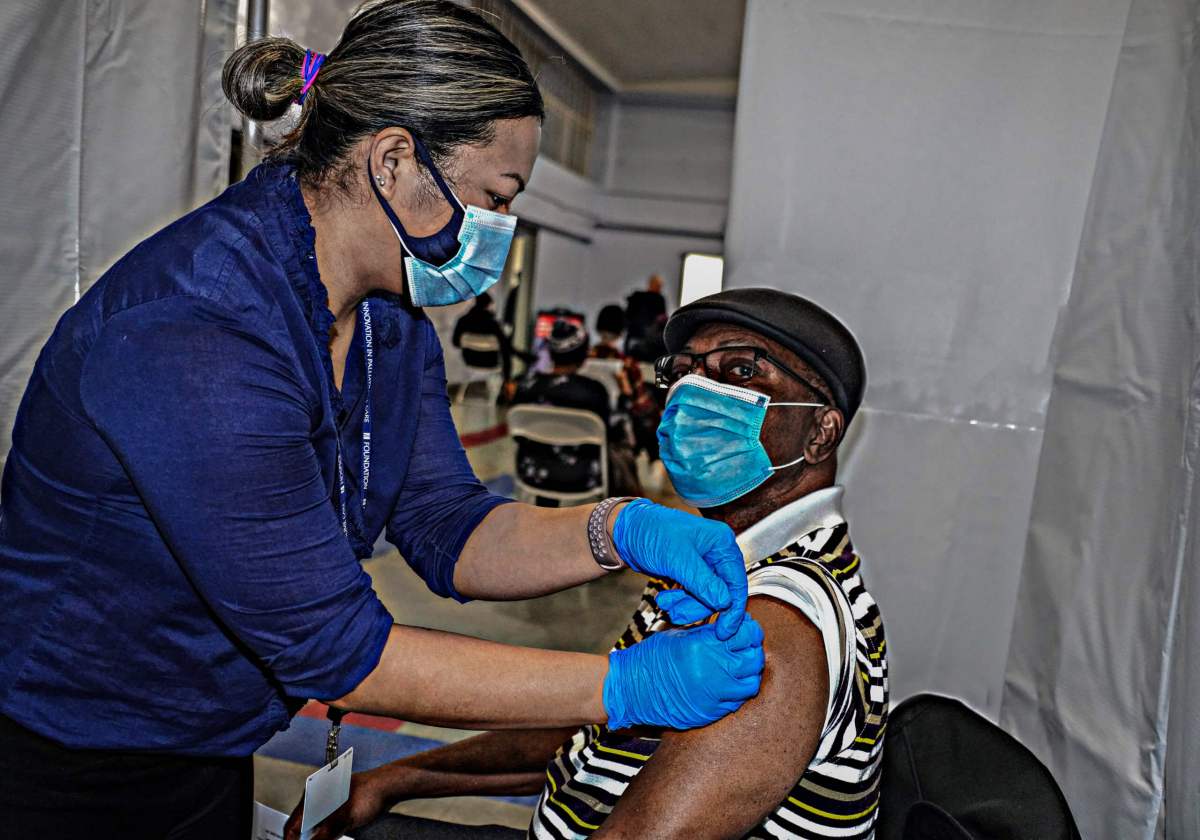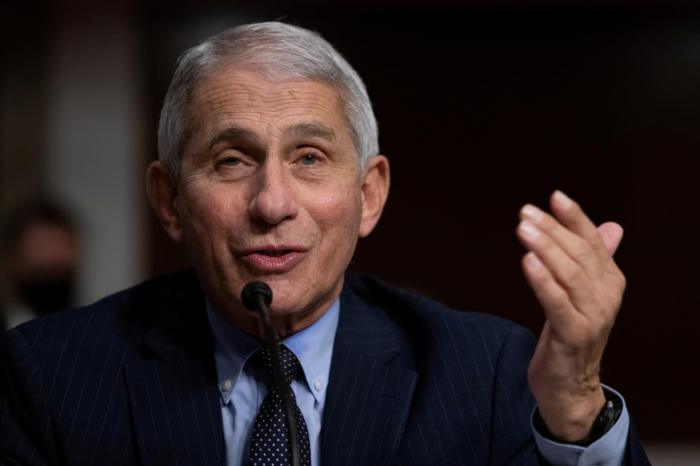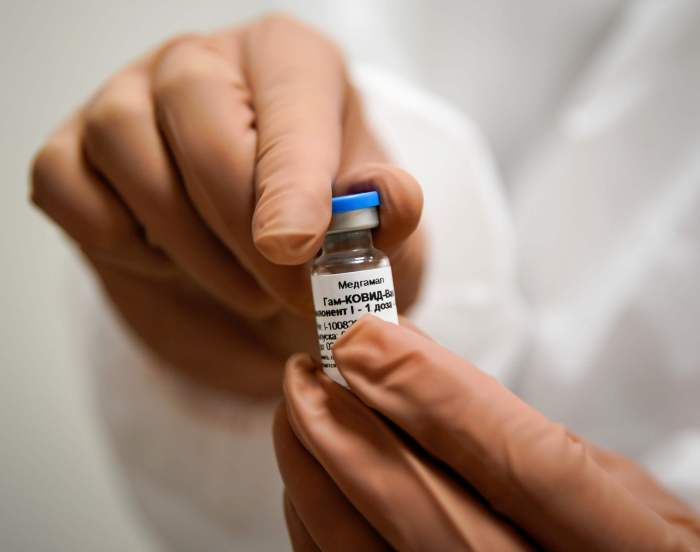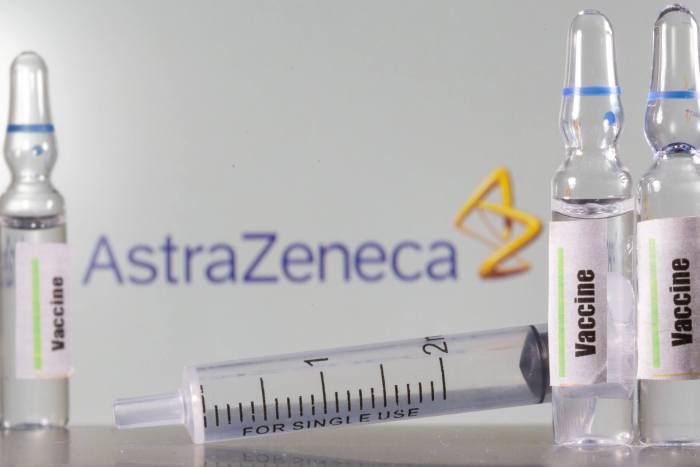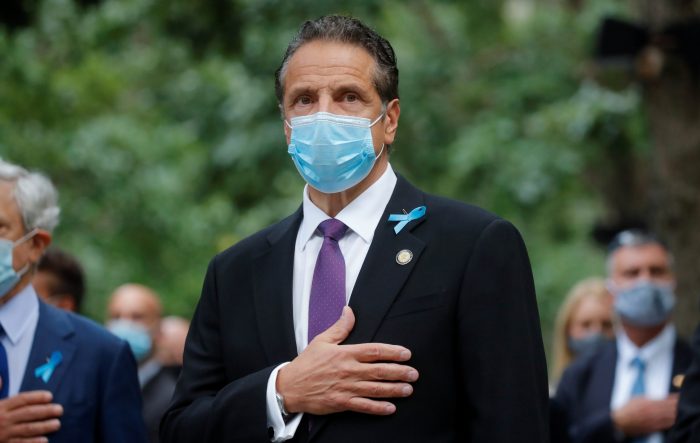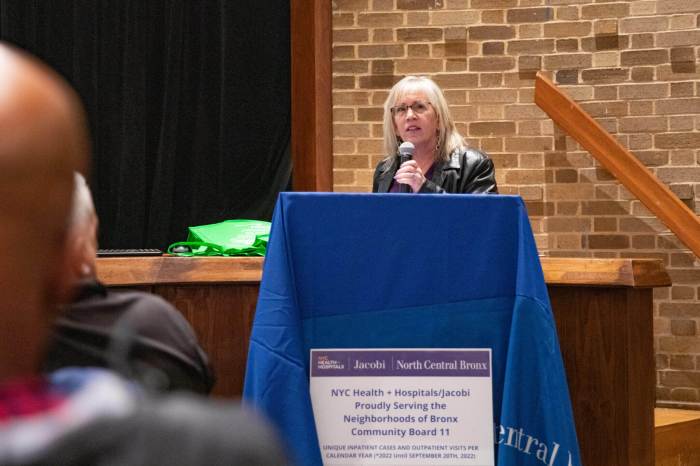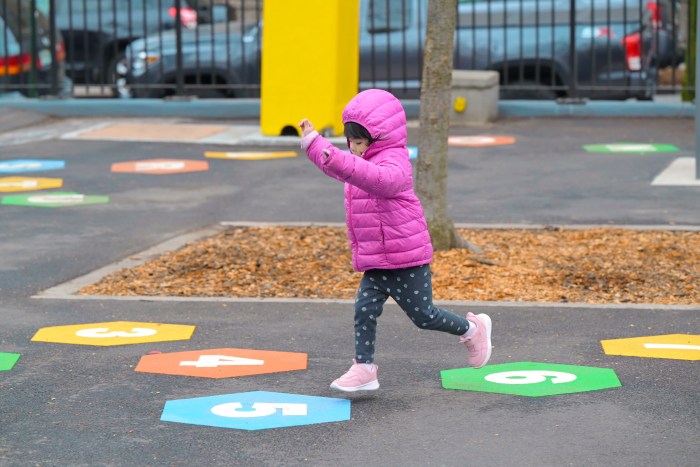The effort to vaccinate New York City’s most vulnerable populations and end disparities in distribution is out in full force this week, as Mayor Bill de Blasio announced Tuesday the opening of two more vaccine hubs in Brooklyn and Staten Island, and a greater push to reach homebound seniors.
Newly-released data shows that a total of 1,336,382 first doses so far. A record 317,227 doses were delivered last week, said de Blasio this morning in his daily briefing on Feb. 16.
De Blasio took this as proof that with more vaccine supply, and using second doses as he’s called for before, more people could be reached.
“One of the key efforts is focusing on communities that are still not seeing the levels of vaccination we want to see,” said de Blasio.
New vaccination sites will be established on Wednesday, Feb. 17, with one at Teachers Preparatory High School on Bristol Street to serve the Brownsville and East New York area. The other site will be at Empire Outlets for Staten Island on Thursday, Feb. 18.
According to the COVID-19 vaccine tracker, by ZIP code, about 3% to 7% of adults in the Oceanville-Brownsville, East New York, and Cypress Hills neighborhoods have been partially vaccinated so far, while it’s 6% to 10% across Staten Island.
De Blasio said they want to focus particularly on home health aides, setting up vaccine clinics in independent living buildings, reaching homebound seniors with the Johnson & Johnson vaccine, and doing “grassroots” outreach to communities that have been reluctant to get the vaccine or didn’t have access to the vaccine.
“This is the kind of effort we need to get down to the grassroots and get to folks who need help the most,” said de Blasio. “We believe in having as many vaccination sites as possible, as deeply into communities as possible. That’s how we fight disparity, that’s how we address the horrible inequities we’ve seen throughout this crisis.”
De Blasio credited the racial inclusion taskforce, headed by the Department of Health and Mental Hygiene First Deputy Commissioner/ Chief Equity Officer Dr. Torian Easterling, for refining efforts on how to reach primarily Black and Brown neighborhoods.
“The department has used a data driven public health model to push against disparities. We monitor data about testing and positivity, but we also track data on poverty, health insurance, and housing conditions because all of these factors fuel the wide health disparities that we have seen before,” said Easterling.
Easterling said that he’s been vaccinated with his first dose at Canarsie’s vaccine site. Some of the pointed questions and fears he has encountered are about the vaccine’s credibility, effect on fertility for men and women, and how quickly it was developed for mass production in recent public forums.
“We have been very clear that there is no evidence that the science does not support any fertility concerns,” said Easterling. “There have been no shortcuts, it’s safe.”
The main concern, said Easterling, is how vaccines are brought into the community. He said that getting out front of misinformation is critical. Establishing sites within the community as well as outreach, like working with Tenant Association Presidents at New York City Housing Authority (NYCHA) developments, is necessary to rebuild trust.
“The challenge here,” de Blasio explained, “is that folks who happened to be doing very well in our society, also happened to be folks who had high levels of confidence in the vaccine and tremendous ability to go out there. We have been trying to address that with a lot of education. The very communities that need help the most are ones with the highest distrust.”



